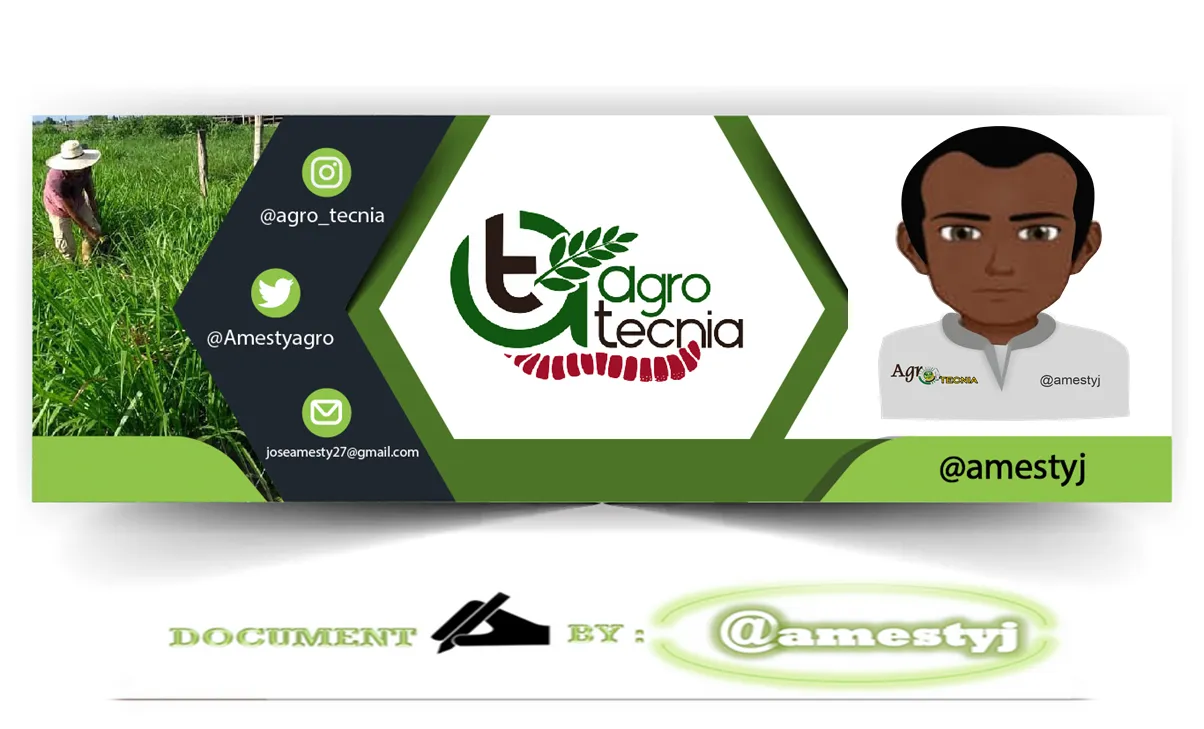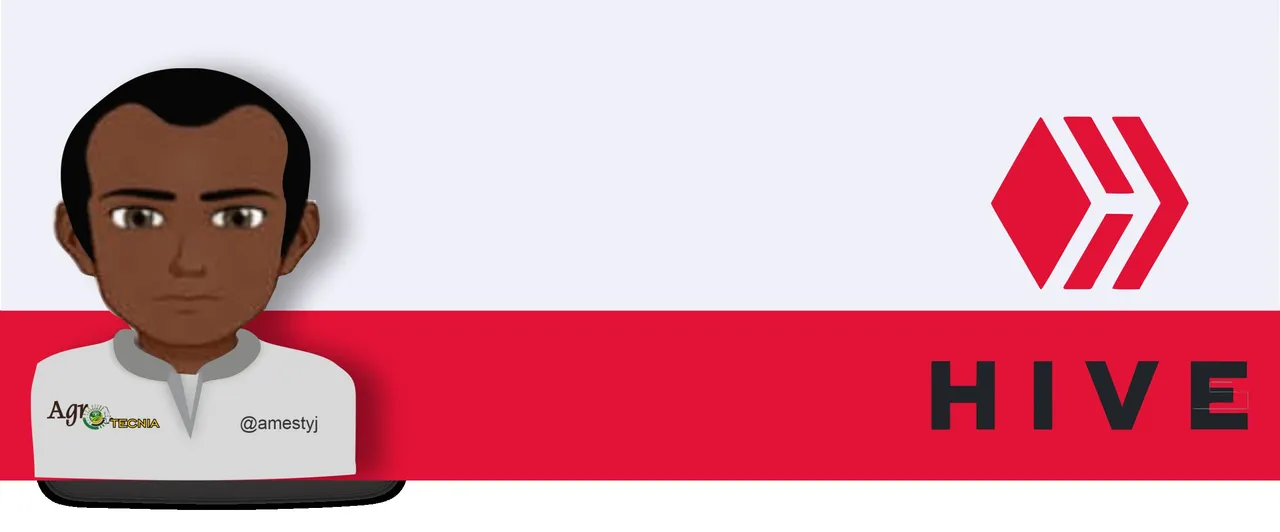Cattle are mainly divided into two large groups: the Bos primigenius taurus and the Bos primigenius indicus. The Bos taurus is a domesticated bovine species widely distributed throughout the world. Its versatility and adaptability to various environments have made it a fundamental animal for the production of meat, milk and other dairy products. The Bos taurus, or cattle, has its origins in the aurochs (Bos primigenius primigenius or Bos taurus primigenius), a large wild bovine that inhabited Europe, Asia and North Africa. It is believed that it was domesticated thousands of years ago in different regions of Eurasia, which has given rise to a great diversity of breeds with characteristics adapted to different environments.

| General Characteristics of the bos taurus |
|---|
- Size and weight: They vary considerably according to the breed, but in general they are large and robust animals. Adult males can weigh between 600 and 1000 kg, while females are usually a little smaller.
- Body: They have a bulky body, with a strong neck and a proportionally small head.
- Skin and fur: The skin can be of different colors, from white to black, through various shades of brown and red. The coat varies in density and length depending on the breed and the climate.
- Horns: Both males and females have horns, although those of males are usually larger and curved.
- Digestion: They are ruminants, which means that they have a stomach divided into four compartments and feed on grass and other forages.
There are numerous breeds of Bos taurus, each adapted to specific climatic and feeding conditions, they are resistant animals and capable of adapting to different environments, from cold to tropical climates, breeds have been selected to optimize the production of meat, milk or both.
Here are some of the most popular Bos taurus breeds in the world, along with images illustrating their diversity:
- Angus: Originally from Scotland, it is a butcher breed known for its lean and high quality meat.

- Hereford: Also of British origin, it is characterized by its red fur with a white head and paws. It is a very versatile breed, used for both meat and milk.
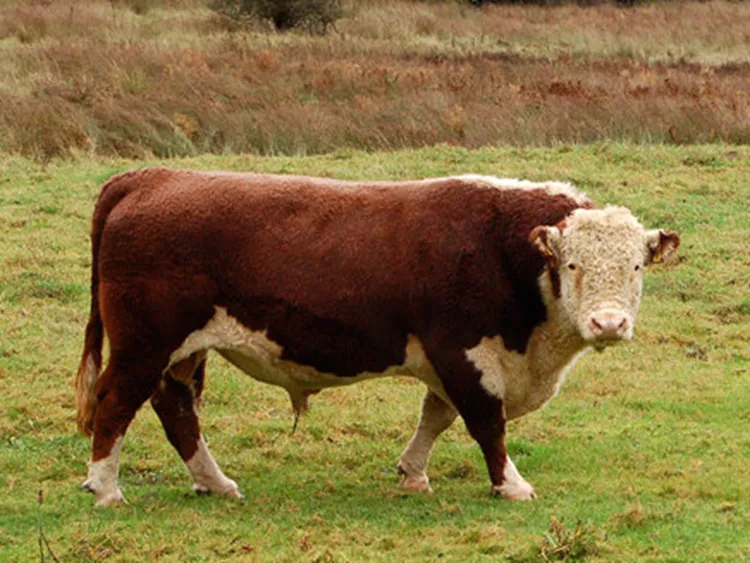
- Charolais: Originally from France, it is a large-sized and fast-growing butcher breed.
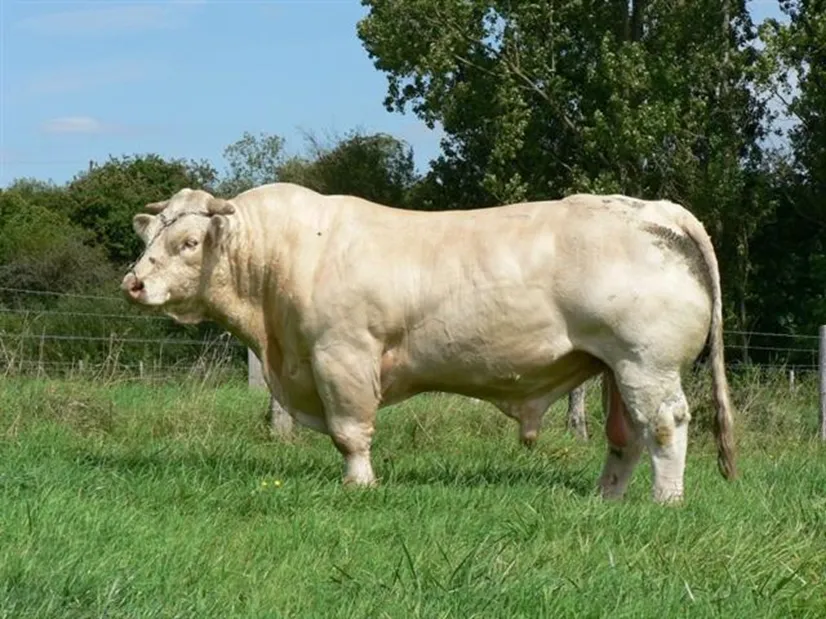
- Holstein: Originally from the Netherlands, it is a dairy breed specialized in the production of large quantities of milk.
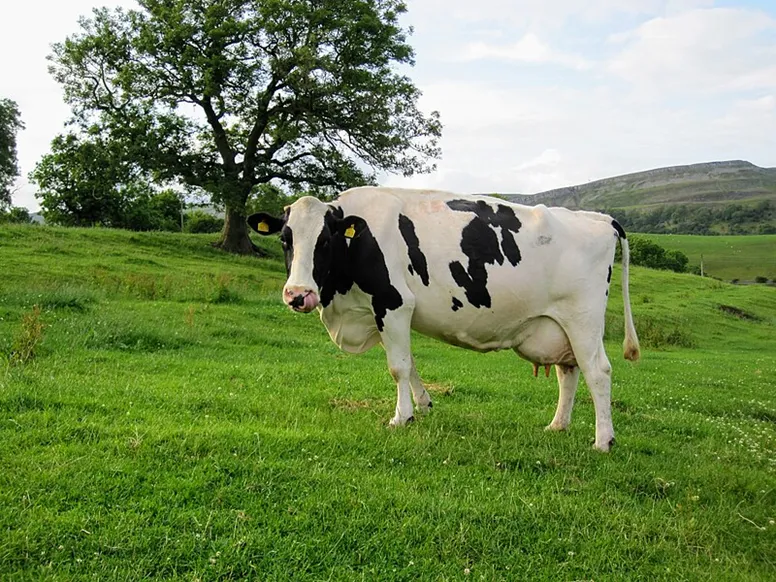
- Simmental: Originally from Switzerland, it is a dual-purpose breed, used for both meat and milk.
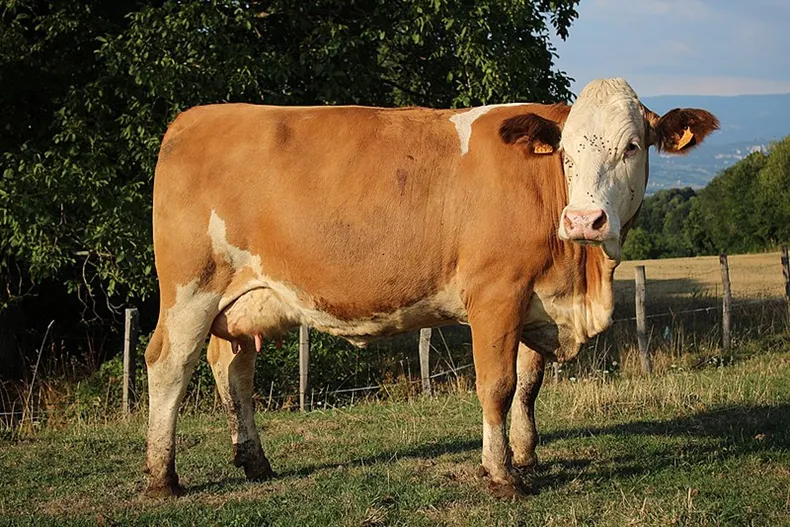
There are many other Bos taurus breeds with diverse characteristics and origins. Some of them are:
- Dairy breeds: Jersey, Guernsey, Brown Swiss.
- Butcher breeds: Aberdeen Angus, Galloway, Shorthorn.
- Dual breeds: Shorthorn, Red Poll.
- Native breeds: Each region of the world has its own native breeds, adapted to local conditions.
| Adaptability |
|---|
- Diversity of breeds: the numerous breeds of Bos taurus, each adapted to specific climatic and feeding conditions.
- Resistance: They are resistant animals and capable of adapting to different environments, from cold to tropical climates.
- Production: Breeds have been selected to optimize the production of meat, milk or both.
These group of animals is of great importance, in food, beef and cow's milk are an important source of proteins and nutrients for the world population, in agriculture cattle manure is used as fertilizer, improving soil quality and in the economy cattle breeding is an important economic activity in many regions, generating employment and contributing to rural development.
| Final considerations |
|---|
Dear readers, it can be seen that the Bos taurus is an animal of great economic and cultural importance for humanity, however, it is essential to address the challenges posed by its production in a sustainable way, guaranteeing animal welfare and minimizing environmental impact. The Bos taurus has been a fundamental animal for the development of humanity, providing food, labor power and materials such as leather. Today, it remains one of the most important domestic species worldwide, with a key role in agriculture and the economy of many countries.
Thank you for reading our articles, until the next installment.
| Bibliographic references |
|---|
- Camp Library (2002). Agricultural manual. Editorial Comarpe, Bogotá: Colombia.

Sources
- Photography and images: The images shown in the article are in the public domain, information that can be verified at the bottom of each photograph.
- Agrotecnia banner: made by the author @amestyj with own images
- Hive Banner: Designed by the author @amestyj with image owned by hive.

